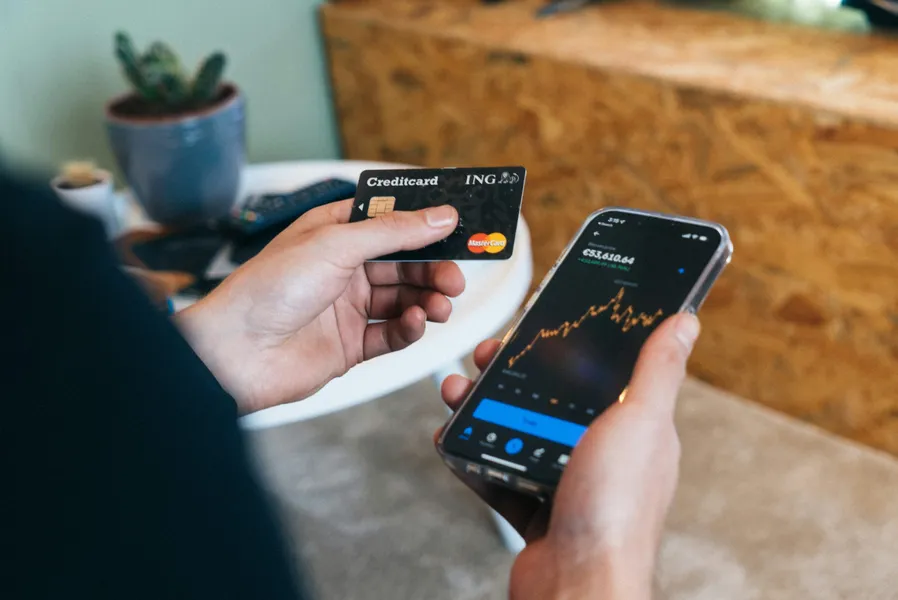How Does Serum (SRM) Cryptocurrency Token Work? — Serum, Decentralized Exchange, DeFi

Title: Unpacking Serum: A Closer Look at This DeFi Staple and Its Intricacies
Introduction: Hello there, fellow crypto enthusiasts! I’m Valerii Wilson, your favorite seasoned crypto security expert and smart contract auditor. Today, we’re diving headfirst into the world of Serum (SRM), a decentralized exchange (DEX) that’s been making waves in the DeFi landscape. We’ll break down how it works, discuss its strengths and weaknesses, and share some cautionary tales from the wild, wild west of blockchain technology.
Subheading: A Brief Introduction to Serum – The DeFi Staple
Serum is an open-source, on-chain DEX built on the Solana blockchain. It’s designed to provide lightning-fast, low-cost transactions with a focus on high throughput and decentralized governance. Essentially, it’s like your neighborhood farmer’s market but for cryptocurrencies – only digital, global, and available 24/7.
Subheading: Serum’s Architecture: A Nuts and Bolts Analysis
Under the hood, Serum uses a central matching engine that processes orders off-chain before posting them on the blockchain. This approach allows for near-instantaneous order matching while maintaining decentralized trustlessness. It also leverages the Solana blockchain’s ability to handle upwards of 50k transactions per second, making it one of the fastest DEXs out there.
Subheading: The SRM Token and Its Role in the Serum Ecosystem
SRM is the native token of the Serum ecosystem, serving as both a governance token and a transaction fee mechanism. Holders can vote on protocol upgrades, decide on new listing initiatives, and earn rewards through staking and liquidity provisioning. It’s like being a shareholder in a digital stock exchange with extra benefits!
Subheading: The Good, the Bad, and the Ugly: Real-World Examples from Serum’s History
Now that we have the basics down, let’s dive into some real-world examples. On the positive side, Serum has demonstrated impressive scalability and transaction throughput since launching on mainnet in 2020. Its matching engine can handle thousands of orders per second, making it a viable alternative to traditional centralized exchanges (CEXs).
However, as with any complex system, there have been hiccups along the way. In late 2021, a bug was discovered in Serum’s smart contracts that could have resulted in funds being stolen if exploited. Thankfully, the issue was caught and patched before any harm came to users. Still, it serves as a stark reminder that even well-established projects aren’t immune to vulnerabilities.
Subheading: Don’t Forget About Scams – They’re Everywhere, Including in DeFi
While the Serum team has done an admirable job securing their platform, it hasn’t stopped scammers from trying to capitalize on unsuspecting users. One notorious example is the “CryptoPunks NFTs Airdropped to Serum Users” scam that surfaced in early 2022. Malicious actors duped people into thinking they were receiving free NFTs by mimicking Serum’s official channels, ultimately stealing valuable crypto assets from unsuspecting victims.
Conclusion: So, You Want to Dive into Serum? Proceed with Caution and a Strong Security Mindset
In conclusion, Serum is undoubtedly an innovative player in the DeFi space, offering rapid transaction speeds and low fees thanks to its cutting-edge architecture and Solana integration. However, as with any crypto endeavor, it’s essential to approach this technology with caution and a strong understanding of the underlying risks.
Remember: nothing is ever 100% secure, especially in the wild world of blockchain and decentralized finance. As you venture into the Serum ecosystem, always stay vigilant for phishing scams, double-check contract addresses, and keep your private keys close – because in this space, security is everyone’s responsibility. Happy trading!
Valerii Wilson, signing off until next time when we’ll delve into another fascinating corner of the crypto world. Stay safe out there, folks!









